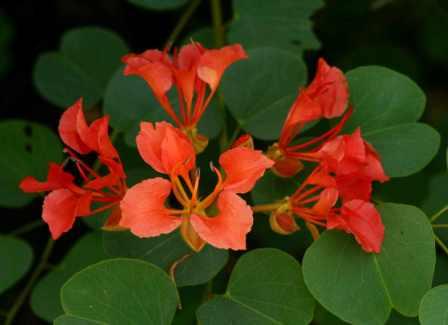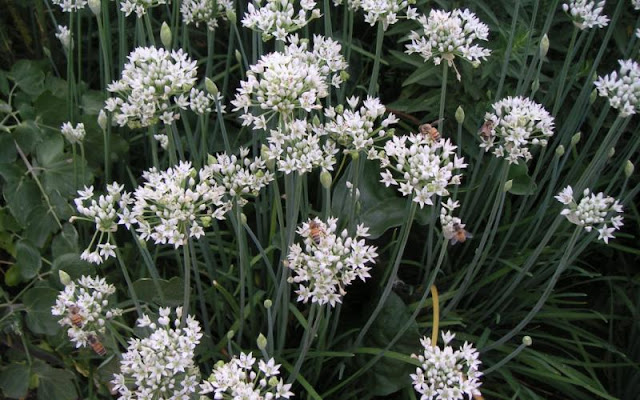MUCHOS LE LLAMAN IPECAGUANA,NADA TIENE QUE VER CON LA REAL.ES NAYIVA UNA DE SUS VARIEDADES The roots, stems, and leaves of the plant are known to be toxic. [4] [18] These parts of the plant contain euphorbol (a complex terpene ) and other diterpene esters . [4] [18] These are also known carcinogens . [4] [18] The plant's leaves and stems also contain beta-sitosterol , cycloartenone , octacosanol , and oxime , all of which have known medicinal as well as toxic properties. [20] Even minor amounts (a few drops) of the juice of the Euphorbia tithymaloides root can irritate mucosal membranes. [18] When ingested, the irritation of the mucosal membranes of the stomach and intestines will cause nausea and vomiting. [4] [18] Topical application causes skin irritation, inflammation , and even blisters. [4] [18] If introduced topically to the eye, severe pain, keratoconjunctivitis , and reduced visual actuity occur. [4] [18] Ingesting even a few seeds can ca



